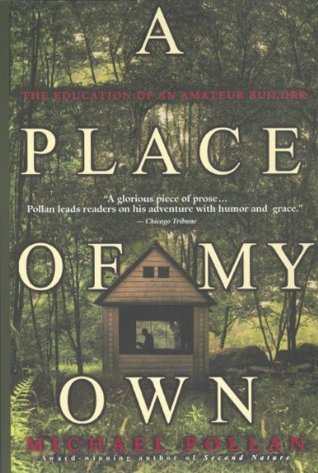He suggests that our sense of space is organized around two distinct poles, or tropisms: one attracting us to the vertical (compelling us to seek the power and rationality of the tower view) and the other to the enclosed center, what he sometimes calls the “hut dream.” It is this second, centripetal attractor that inspires the child to build imaginary huts under tabletops and deep inside coat closets, and draws the adult toward the hearth or the kitchen table, places of maximum refuge that hold us in a small, concentrated circle of warmth. These, in Bachelard’s terms, are huts too.
Welcome back. Just a moment while we sign you in to your Goodreads account.


